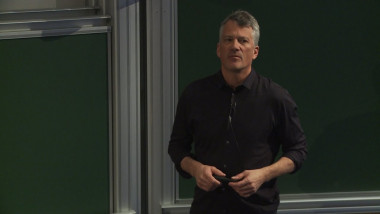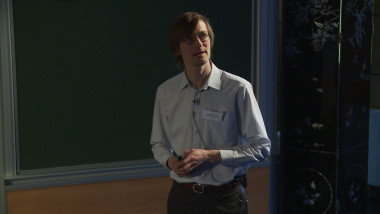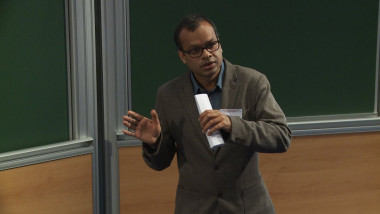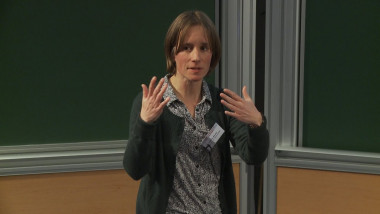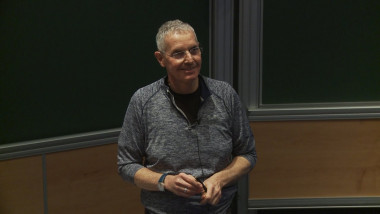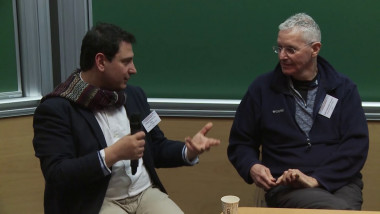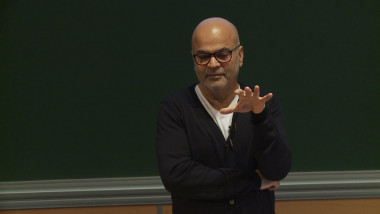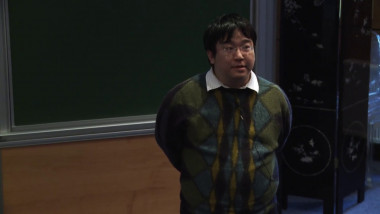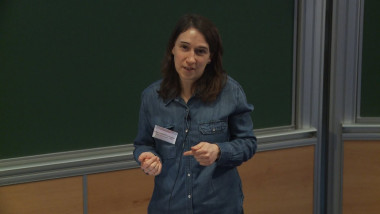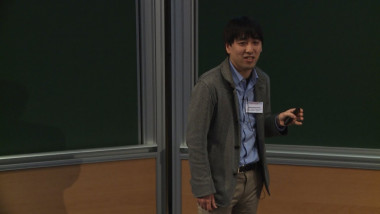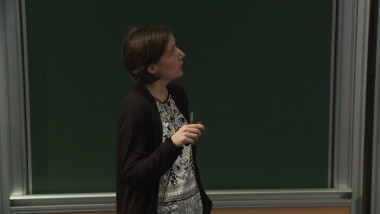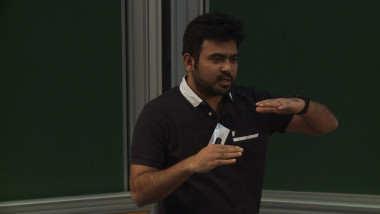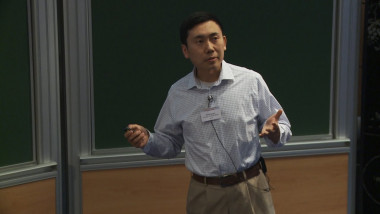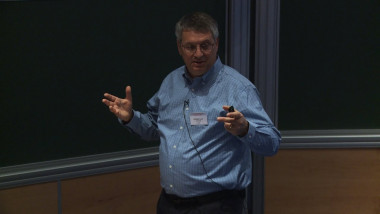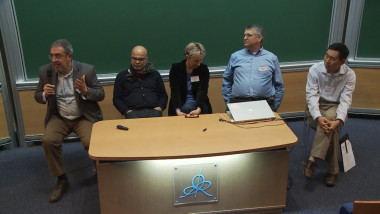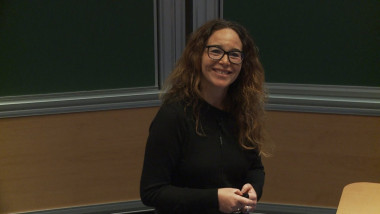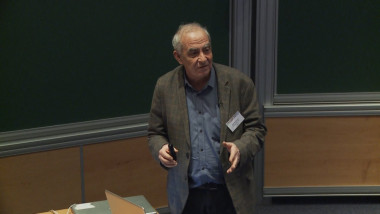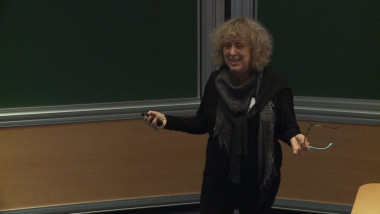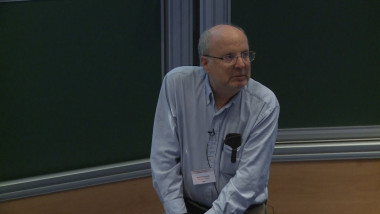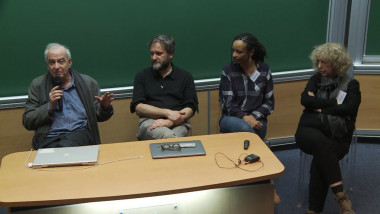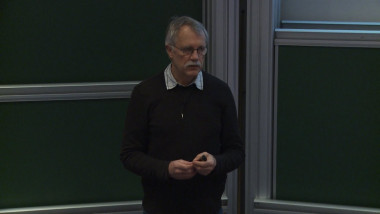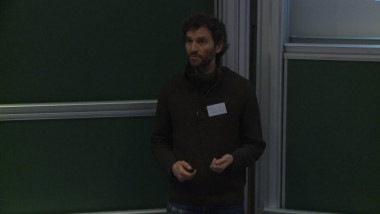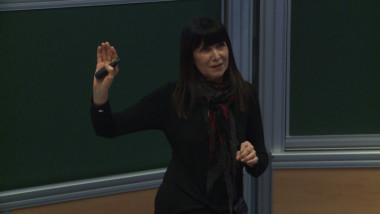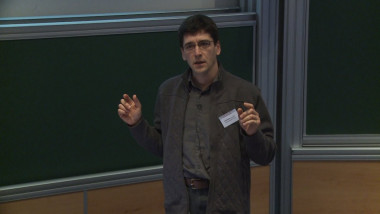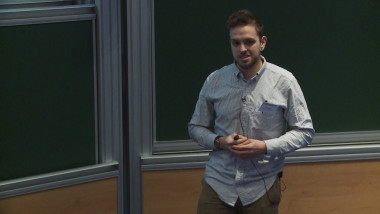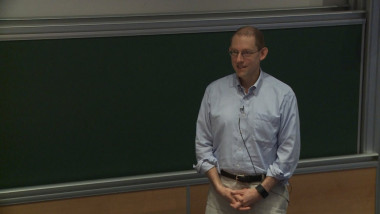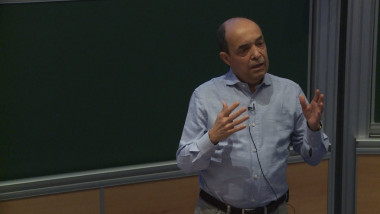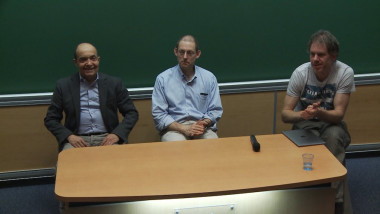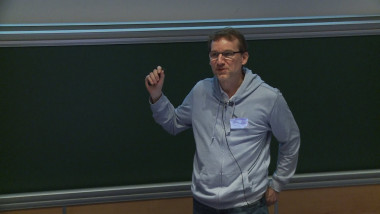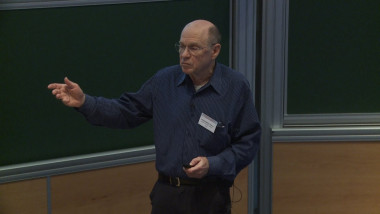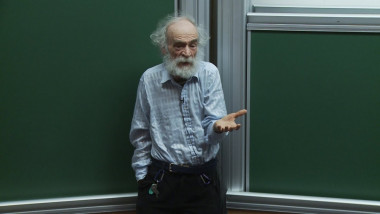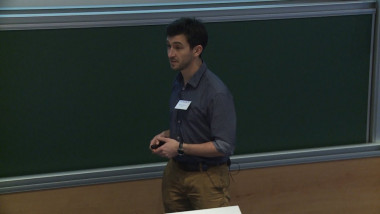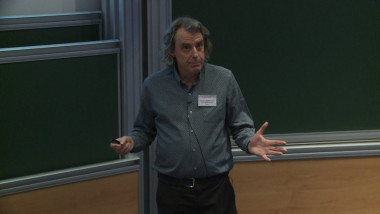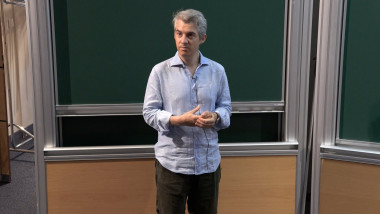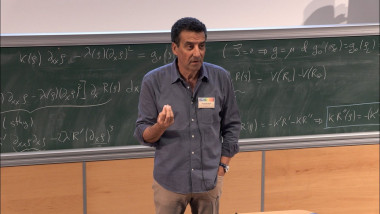From whole genome sequencing to therapeutic strategies in neurodegeneration
The increasing number of patients suffering from neurodegenerative diseases in our aging Western society becomes a major burden to our social care system. There is currently no cure for any of these disorders. This lack of effective therapies is in a large part due to an insufficient understanding of the etiology and pathogenesis of neurodegenerative disorders. One of the most dramatic neurodegenerative disorders is amyotrophic lateral sclerosis (ALS). It is a fatal neurodegenerative disorder primarily affecting the motor system. The disease presents with progressive muscle weakness and median survival is limited to 36 months after the disease onset. No effective therapies exist. In about 10% of the patients, ALS is a familial disorder. Mutations in 4 different genes (C9orf72, SOD1, TARDBP and FUS) explain a large proportion of these, but the cause of the disease remains enigmatic for the majority of patients. Over the last 2 decades, multiple clinical trials had only negative results, in part because our understanding of the disease mechanisms is insufficient to define clear therapeutic targets. Even in the light of an unknown disease cause, a better understanding of the molecular mechanisms that affect the severity of the disease would greatly advance the ALS field. A considerable degree of heterogeneity exists between patients in terms of both the age of onset and the disease progression rate. This suggest that important genetic modifiers exist. Modifiers of disease progression in ALS are candidate targetsfor therapeutic interventions. Within the Project MinE consortium, whole genome sequencing (WGS) is already performed on almost 5000 ALS patients and more than 2000 controls. This international collaborative effort is unprecedented and uses the state of the art technology for WGS. The analysis of modifiers of age of onset and of survival of the whole consortium will provide information on genetic modifiers. The hits are prioritized based on the likelihood of being detrimental on protein and regulatory level using various bio-informatical prediction tools. Subsequently, validation of these hits is performed in vitro and in vivo. In vitro models consist of different cell types derived from induced pluripotent cells (iPSCs) derived from ALS patients. In vivo models range from Drosophila, zebrafish and rodents. By performing all these experiments, we will get a better understanding of the molecular mechanisms underlying the disease that could also be responsible for the wide range in age of disease onset and survival after disease onset. Altogether, this could pave the way for the development of novel therapeutic strategies to treat ALS.












